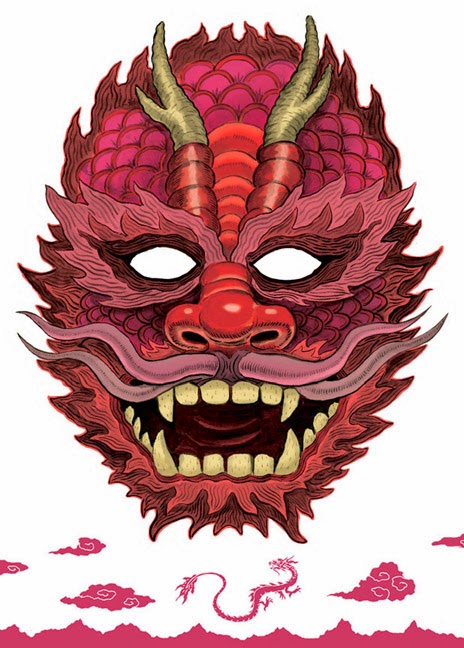Last year I was strolling through a local Half Price Books and happened upon an item that completely caught me off guard.
A box of design...
It was situated prominently on top of a display area and designed with confidence. Standing over a foot tall, 10 inches wide, and weighing in at 25+ lbs, this behemoth dwarfed all the hardback art books surrounding it and commanded my attention. The marbled exterior with a top flap was a hat tip to a file box in a smoky, 1960s newspaper office. A simple label repeated on four sides declared that this was “The Phaidon Archive of Graphic Design” in a simple sans serif typeface (“graphic design” in olive green to match the box accents). A complex network of seat belt straps wrapping around the box created a handle at the top to allow the customer to handle the hefty object.
This was serious business and I HAD to have it.
Upon further inspection, a small description sheet was contained in the shrink-wrap on the back showing small examples of what was inside. My first quick scan of the description lead me to believe that the box contained a set of design books. I hauled item to the register and even had people in line question what I had and where they could find more.
When I got home, I gently removed the plastic wrapping and opened the box. Inside I found two large, shrink-wrapped reams of paper, unbound. I was a little disappointed at first, but the more I opened the more I realized that this box was a treasure chest. Inside more than 500 pages and 3000 images of design from the past 700 years were nesting. SEVEN HUNDRED YEARS.
Since this initial revelation, I continue to wonder why more art books are not organized in a similar fashion. Each page lovingly shows the design ID number in the collection, title of the piece, name of designer, date of creation, client it was created for and category it belongs to. The exhibit high resolution imagery without words on one side and other visual examples an a succinct description of the work on the back. Phaidon even gives the collector the opportunity to archive/curate the work in several different ways…random, alphabetical or by category. This is done with simple, two-sided barrier sheets. On one side, there is a letter or range of letters to help with organizing by the name of the designer or object designed. The other side has a category from the 15 provided (examples being Money, Advertising, Typefaces, Book Covers, Magazines, Symbols, etc).
Western civilization isn't in a hurry to admit that commercial design (or applied art) holds the historical importance of its more mature older brother, fine art, but opinions seem to be shifting. I have a box in my studio to prove it.
Buy a box here:
...or cheaper on Amazon.
































